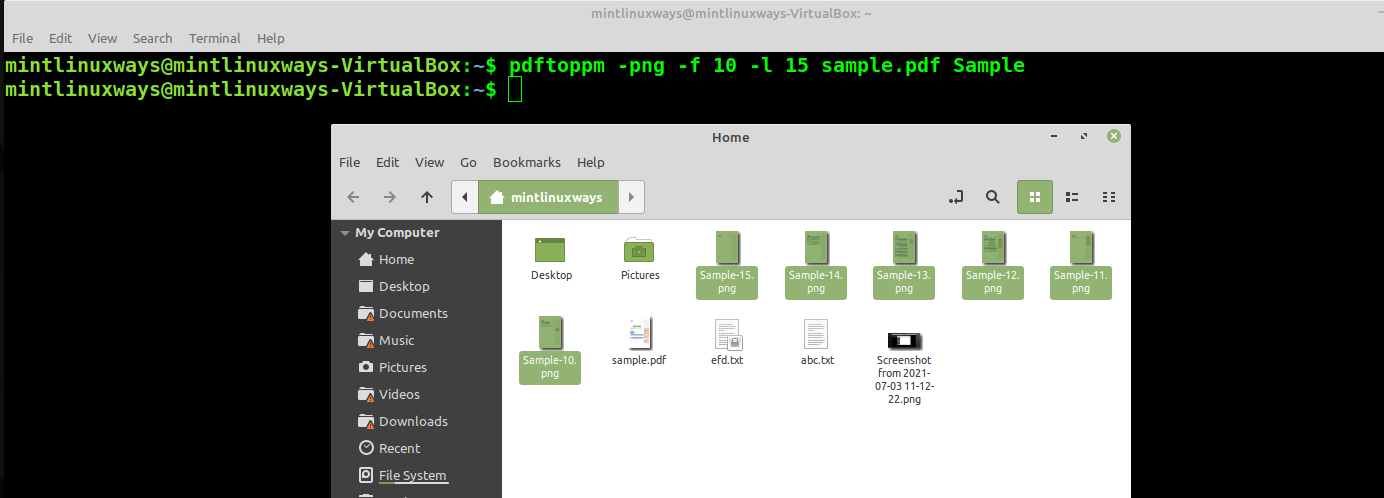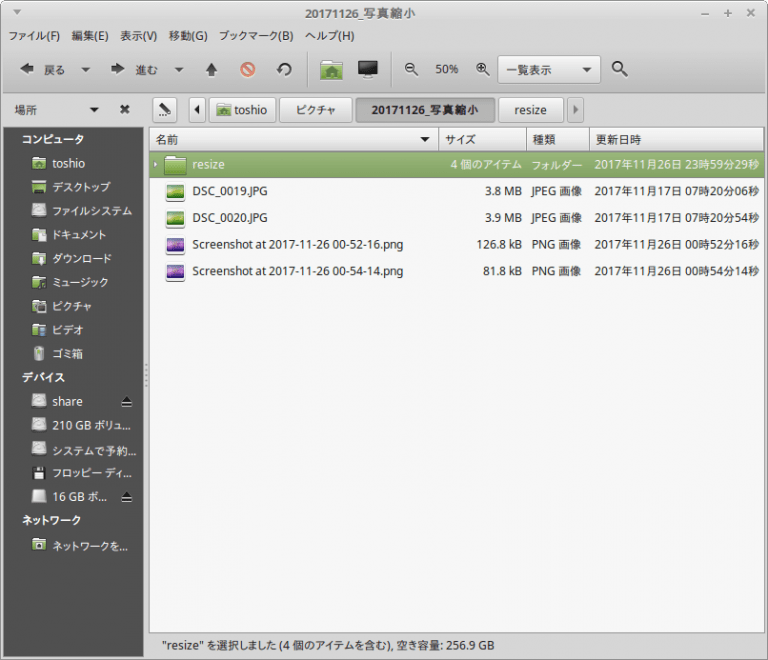

- #Linux imagemagick convert quality how to
- #Linux imagemagick convert quality install
- #Linux imagemagick convert quality professional
- #Linux imagemagick convert quality download
- #Linux imagemagick convert quality free
The widely-used PNG format is also a good candidate. Several popular bit-mapped file formats present great opportunities for saving space, including RAW, BMP, GIF, and TIFF. You may not need that full-quality WAV file on your working computer every day, but you might be happy to have access to it later. If original, lossless, uncompressed files are important to you for any reason, back them up to a separate storage location.

Sometimes, saving space is a matter of saving convenient space. Only delete the original file once you're satisfied that the converted file meets all your needs! You may choose not to delete the original file at all. You can convert back to the previous format, but you do so without the data you've already sacrificed. You can't convert back to regain that data. Keep in mind that after you convert from a lossless format to a lossy one, you've removed some data. This conversion works because few users can tell whether the image they view on their computer or cellphone screen is lossless or lossy.
#Linux imagemagick convert quality download
Smaller lossy JPG or WEBP files download to users' computers much faster than lossless images, making your webpages load more quickly. If you're a website developer, you might make the opposite choice.

Your lossless file also means you can perform extensive image editing without losing quality. You likely require the highest quality image for your artwork.
#Linux imagemagick convert quality professional
If you're a professional photographer who prints a photograph in a high-quality book, you probably want to keep your original lossless file. Is it worth it? That depends on your intended use of the image. Converting that image to a lossy alternative like JPG or WEBP saves lots of space. They're ideal if your use of the data is such that you can tolerate some minor data loss.įor example, capturing a digital image in a lossless format like RAW, PNG, or BMP creates a big file. They save storage space by cleverly eliminating some of the least useful data. They vary in size by this and other factors. Lossless file formats can either be uncompressed or compressed. Some file formats are lossless: They preserve all the originally captured data.

There's often a trade-off between data quality on the one hand and the storage space consumed on the other. Media files that hold images, audio, and video may use hundreds of different file formats.
#Linux imagemagick convert quality free
#Linux imagemagick convert quality install
You can install an open source conversion GUI application onto your computer, or you can even convert file formats using the save as and export functions of many common applications. While this article covers terminal commands, there are many other ways to compress and convert files. That allows you to develop programs that are custom-tailored to your own unique needs. Also, you'll need to use line commands if you want to write scripts. I use line commands because they give you complete control over compression and format conversion features.
#Linux imagemagick convert quality how to
This article demonstrates how to use Linux line commands to perform the most common space-saving conversions. Have media files on your computer? You can likely reclaim significant disk space by storing that data in more space-efficient file formats. If you want something else similar see -resample. Density only changes the size that it will be printed. Neither interlace nor density will change the filesize. Old image converted with Windows proprietary software: The text seems to be very blurry on some of the PDFs compared to whatever this proprietary Windows program they used outputed. Makes no change in the image or file size. Code: Select all for file in `ls *.pdf` doĬonvert -colorspace RGB $file -resize 800 -interlace none -density 300 `echo $file | sed 's/\.pdf$/\.jpg/'`


 0 kommentar(er)
0 kommentar(er)
